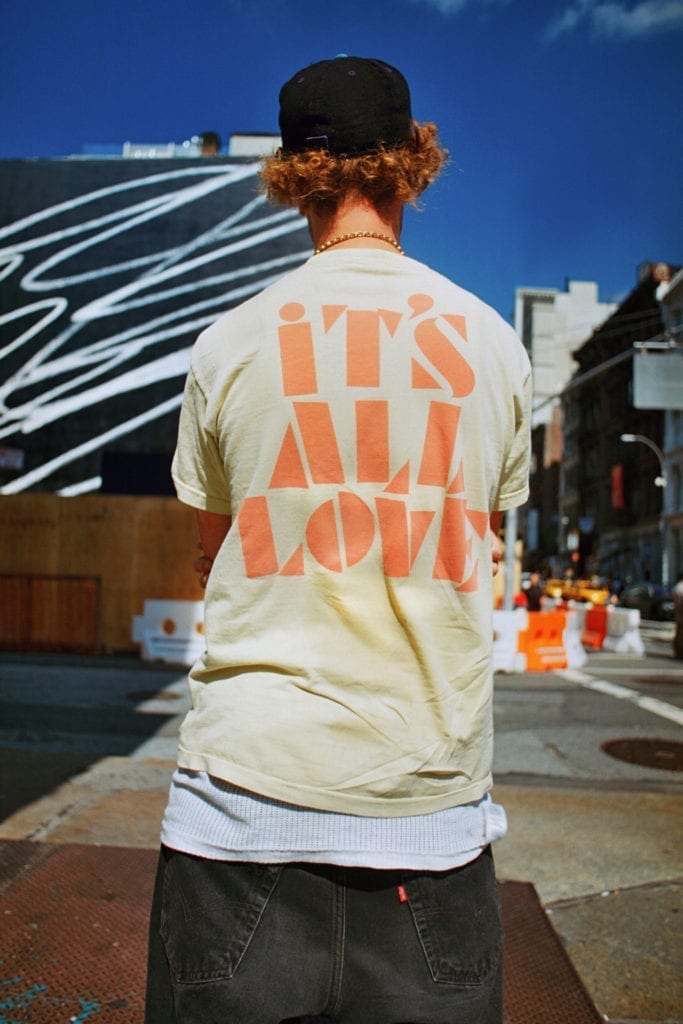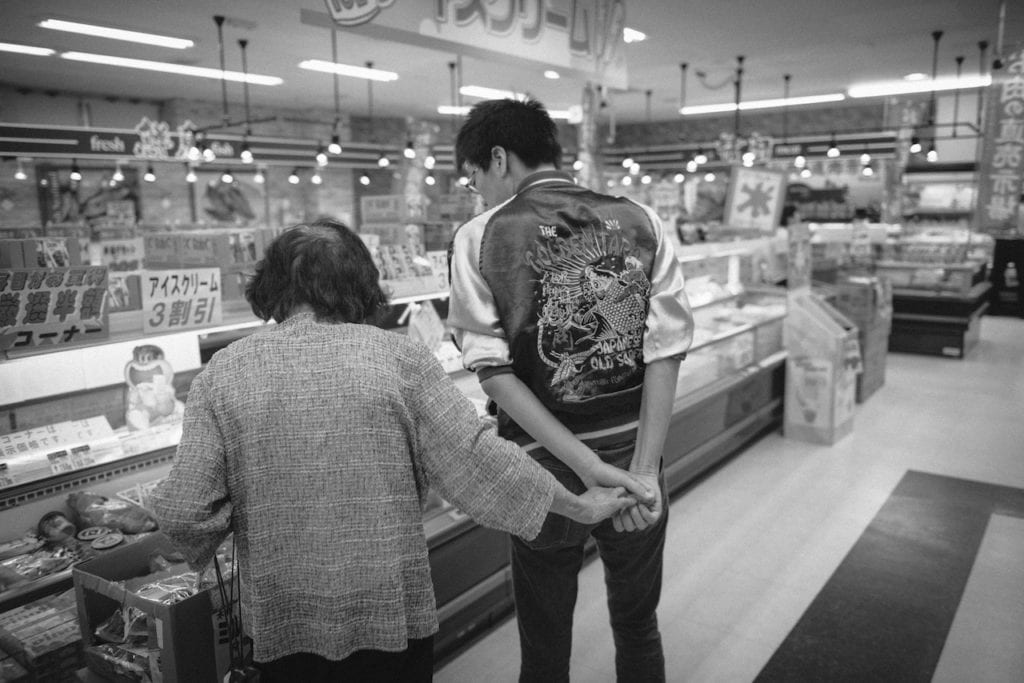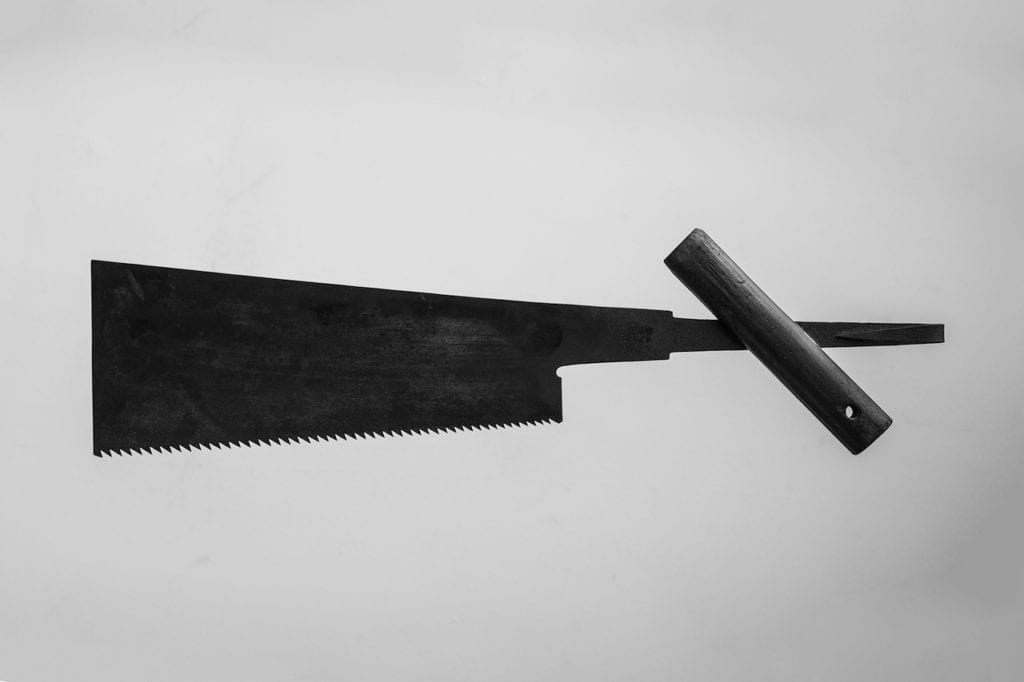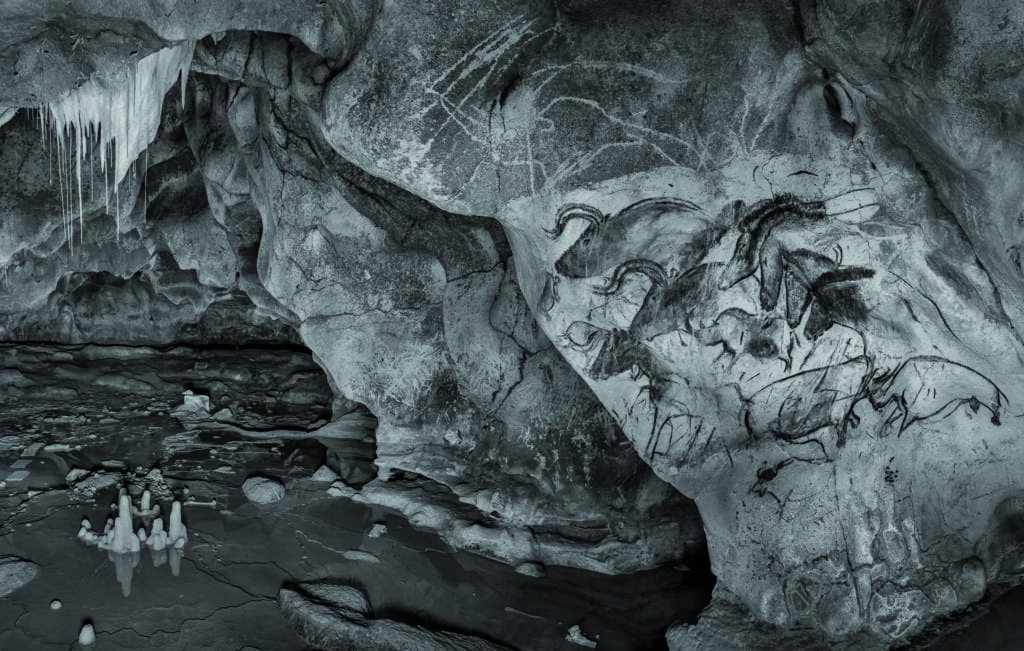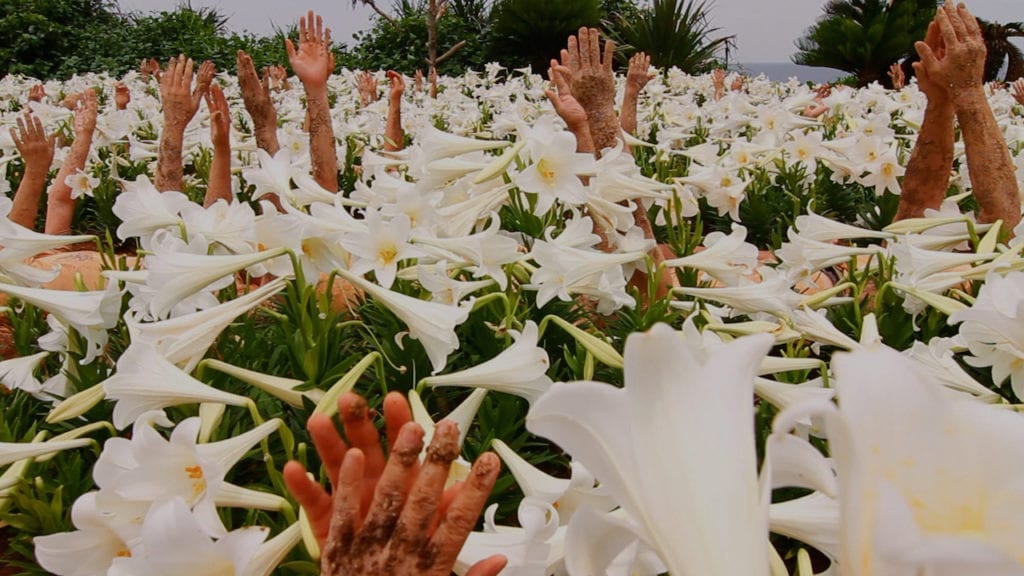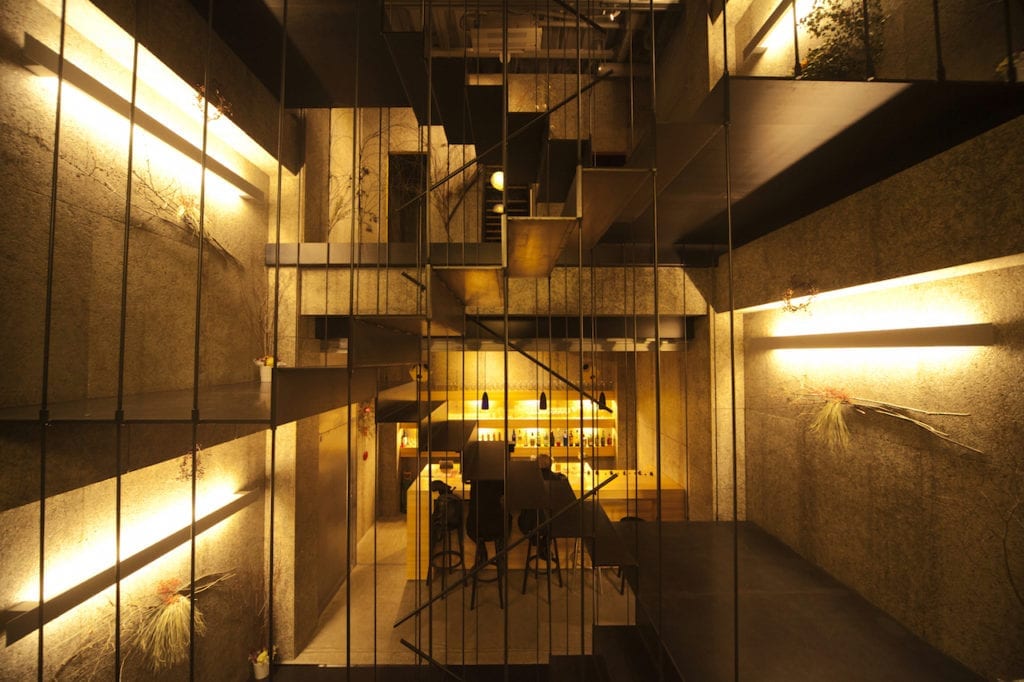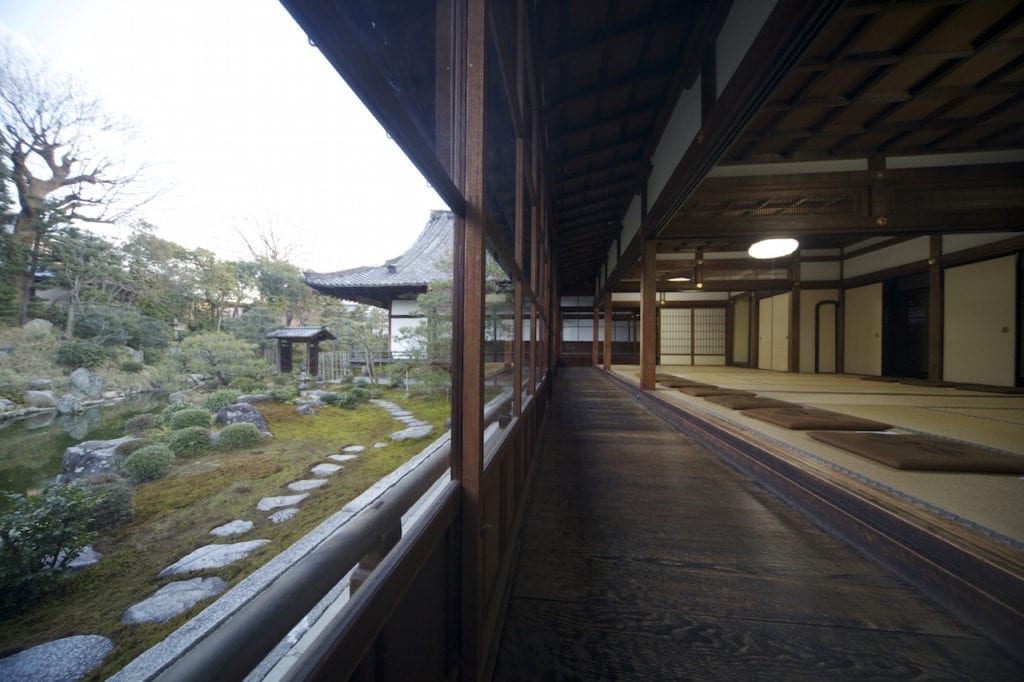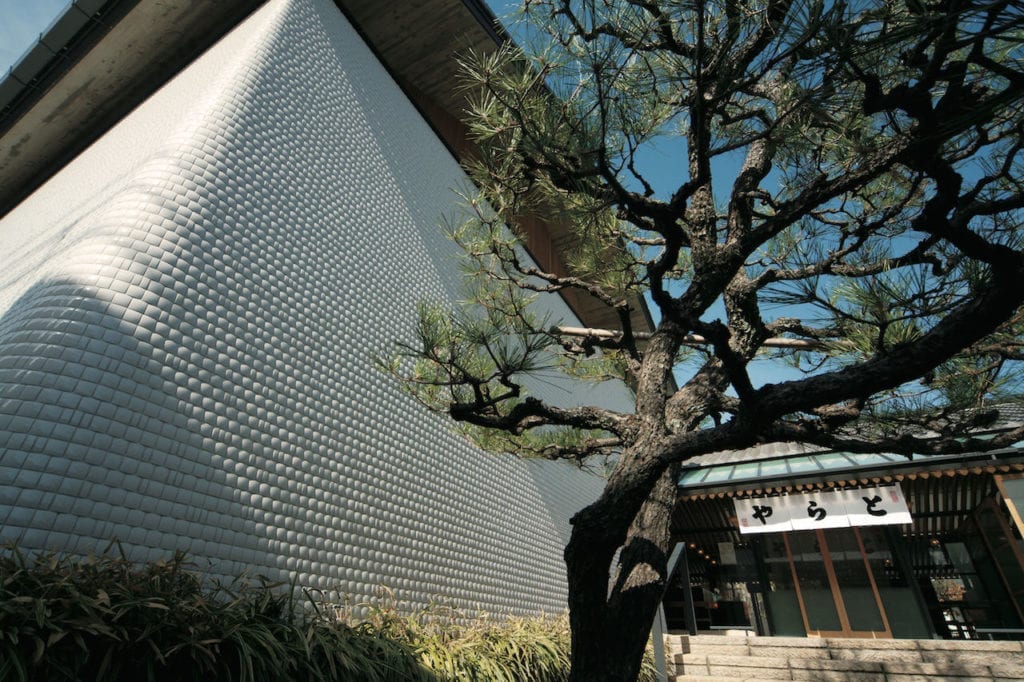Japanese photographers are well-known in the West – if they’re from the 1960s Provoke movement. Contemporary photographers have won much less publicity but, the home of some of the world’s most advanced camera and printing technology, Japan has fostered a wealth of new talent in recent years, including BJP cover star Daisuke Yokota.
The city of Kyoto has evolved into a new creative hub in Japan over the last decade, bringing with it events such as the international photography festival Kyotographie, co-directed and co-founded by husband and wife team Yusuke Nakanishi, a lighting director, and photographer Lucille Reyboz. It’s just opened for its fifth edition, which is themed Love and features 16 exhibitions in 16 carefully-selected venues, bridging the gap between Japanese and Western photography networks, and also championing new talent. For those who can’t visit, here are BJP‘s highlights.
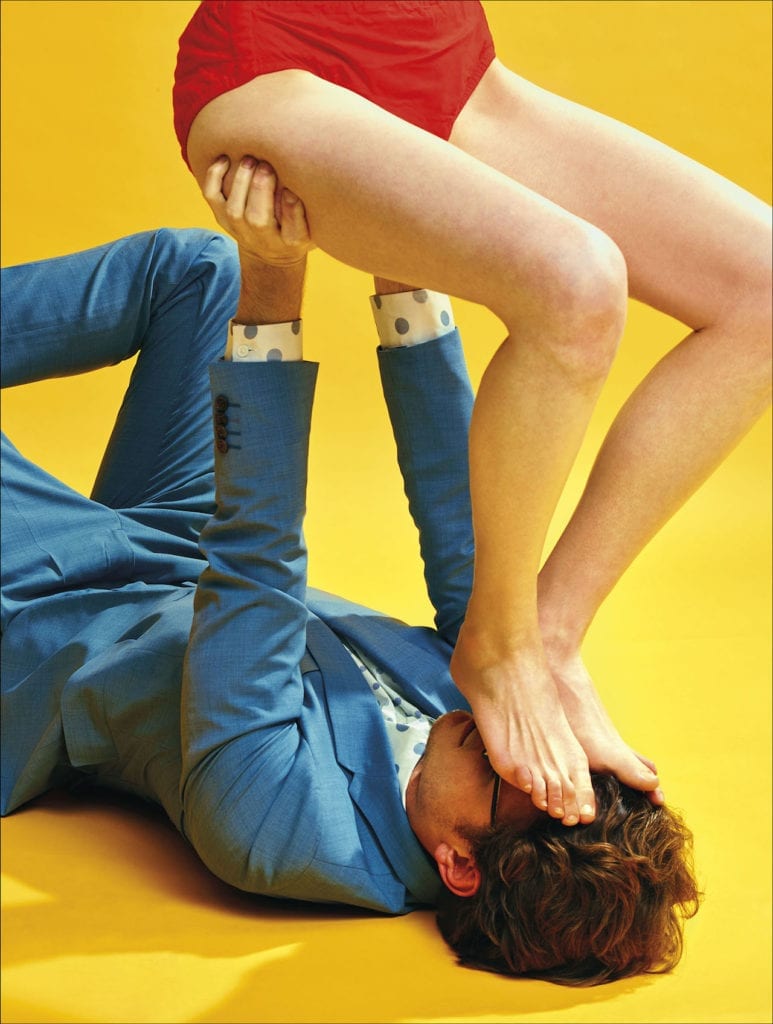
Catapulting you into a world of crimson furry carpets, disco ball lighting and bath soap sofas, Maurizio Cattelan and Pierpaolo Ferrari have transformed the three-storey Asphodel building into an outlandish universe of hyper-colourful visuals and textures. In Ferrari’s words: “It’s like Hello Kitty, but a bit more gross.” The Toiletpaper zine is still very much the main focus, but the duo’s branding is starting to go viral – from Vinyl covers to billboards to carpets and furniture. They have stuffed each room with a rock and roll display of familiar shockers, such as “the shit lips” and a sexualised image of a tongue licking a razor, as well as new photographs and provocative production.
Akahito Yoshida at the former Shinpukan
Yoshida started out as a primary school teacher, but has been a documentary photographer since 2010, when he also started photographing the close relationship that began between his cousin and grandmother as the latter began to show signs of dementia. The intimate display of black-and-white family photographs is a touching record of affection which comes with a tragic twist at the end – Yoshida’s cousin took his own life at 23, and his grandmother passed away a year later. Yoshida, who has previously published two photobooks, hopes to release Falling Leaves as his third at the end of this summer.

The winner of last year’s National Photography Prize in Spain presents three projects, brought together under the title Love and Ecstasy. The Barcelona-born photographer explores the human-like intimacies of gorilla families from the Democratic Republic of Congo, and the hypnotic spinning of Sufi muslims in Syria, Iraq and Turkey. Most dramatically, on the top level of the circular tower venue, is a dimly lit ‘octagonal sky chamber’, containing a haunting portrait display of members of a Mexican religious cult. They “seek the divine by voiding the self”, explains the photographer, blurring the line between pain and pleasure, and challenging our pre-conceived ideas of what ecstasy can be in doing so.
Susan Barnett at the Former Shinpukan (Aneya-koji Wall)
Also known as ‘The t-shirt lady’, Barnett has spent the last 10 years investigating the changing fashions of t-shirt slogans, primarily in New York but also other countries. Finding that while the message was once of positivity and inclusion, the slogans have become angrier and more political over the last few years, she’s decided to show only expressions of love in this exhibition.

Groebli, now in his early 90s, presents a small exhibition of intimate snapshots taken of his wife on their honeymoon in Paris. Taken around 1954 over the course of less than a week, the photographs are a timeless example of the very personal and modest nature of the Swiss photographer’s work.
Raphael Dallaporta in the Museum of Kyoto Annex
The French photographer presents his 3D renders of the ancient Chauvet-Pont d’Arc Cave, which contains prehistoric drawings that have been preserved for over 36,000 years. The images were taken by a 3D panel robot and are here projected on a curved vertical platform, giving the audience the feeling of being inside the cave. Tom Seymour spoke to Dallaporta about The Elusive Chauvet-Pont d’Arc, featured in BJP‘s Scratching the Surface April issue.
Yan Kallen at Mumeisha (Kimono house)
The former student of London Central St. Martin’s won last year’s KG+ Award Grand Prix – an award reserved for an emerging photographer selected by industry professionals from the Off presentations of the festival. Originally from Hong Kong, 27-year-old Kallen spent five months with local fabric and ceramic artisans. He uses natural plant inks, and hangs his photographs on bamboo frames traditionally used for drying the handmade paper, onto which he has also printed. The venue is a traditional Japanese kimono house dating back to over 100 years ago, which also features a pinhole camera capturing the outside view of its small garden.
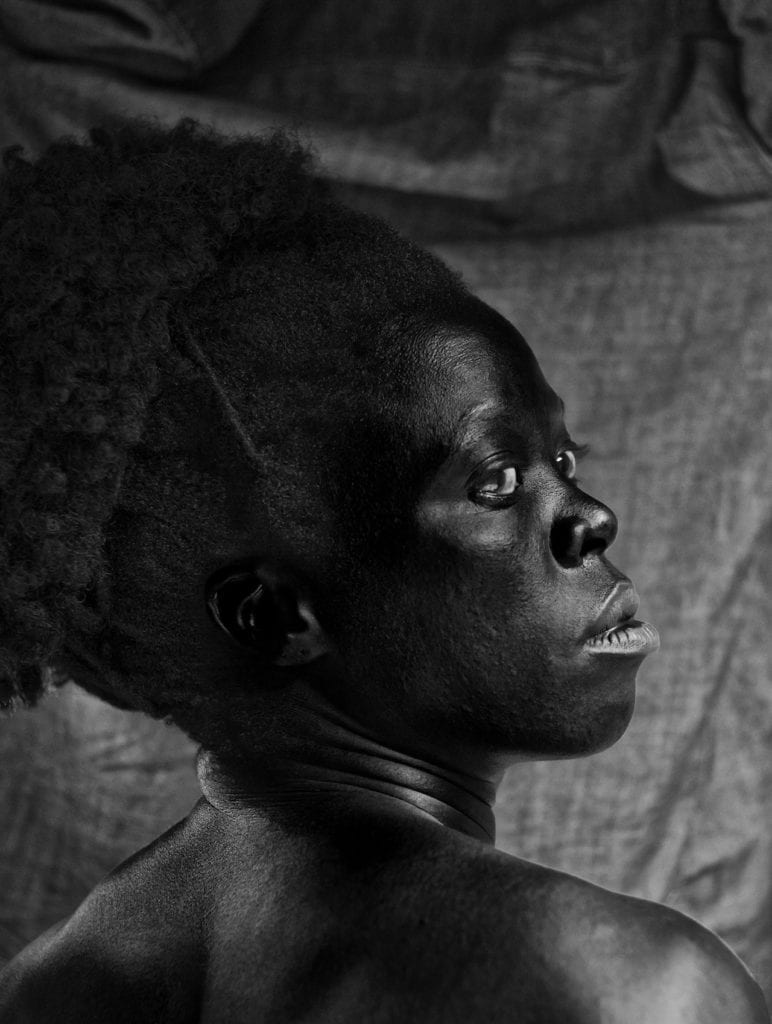
Somnaya Ngonyama is a selection of black-and-white self-portraits and videos addressing race, identity and gender. They represent the first half of a project started in 2012; Muholi will consider it complete once she has taken 365 photographs, each taken in a different place and using objects found there to ‘accessorise’ her upper body, face and hair. An activist for gay rights in her native South Africa, Muholi is now turning to explore her masculine side. “Photography is a dialogue for questioning your own history,” she says. “Most of our history is written about us, not by us. History starts with you, your roots, where you are and where you come from.”
Chikako Yamashiro at Horikawa Oike Gallery
An installation engaging all the senses, The Songs of Mud addresses the repercussions of the mass civilian casualties at Okinawa during the Second World War. Incorporating stills imagery and multimedia projections with booming sound effects, Yamashiro conveys the diverse perspectives felt by the post-war generation.
Araki Nobuyoshi at the Ryosokuin
Perhaps one of the best-known names in Japanese photography, the artist who has been dubbed both a genius of observation and a pornography maniac presents his work, A Desktop Love, at Ryosokuin, Kenninji Temple. Nobuyoshi has lost the sight in his left eye, and suffers from an irregular heartbeat which essentially binds him to his home in Tokyo. So this series is a collection of still lifes of objects found on his desk, omitting the explicit nude bondage shots often associated with his work which would perhaps have proved problematic in a shrine dedicated to zen meditation.
kyotographie.jp
